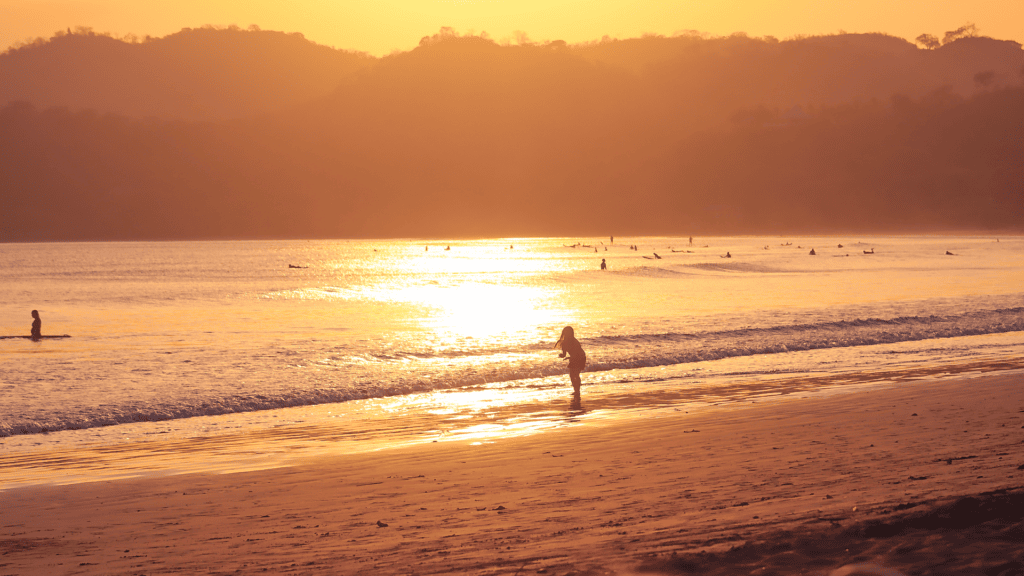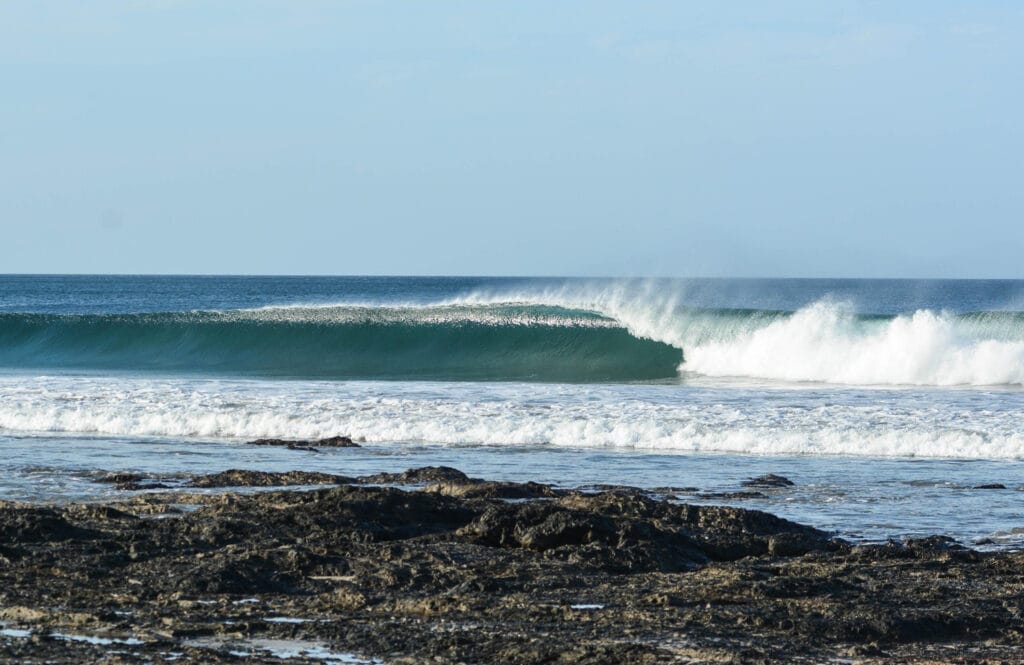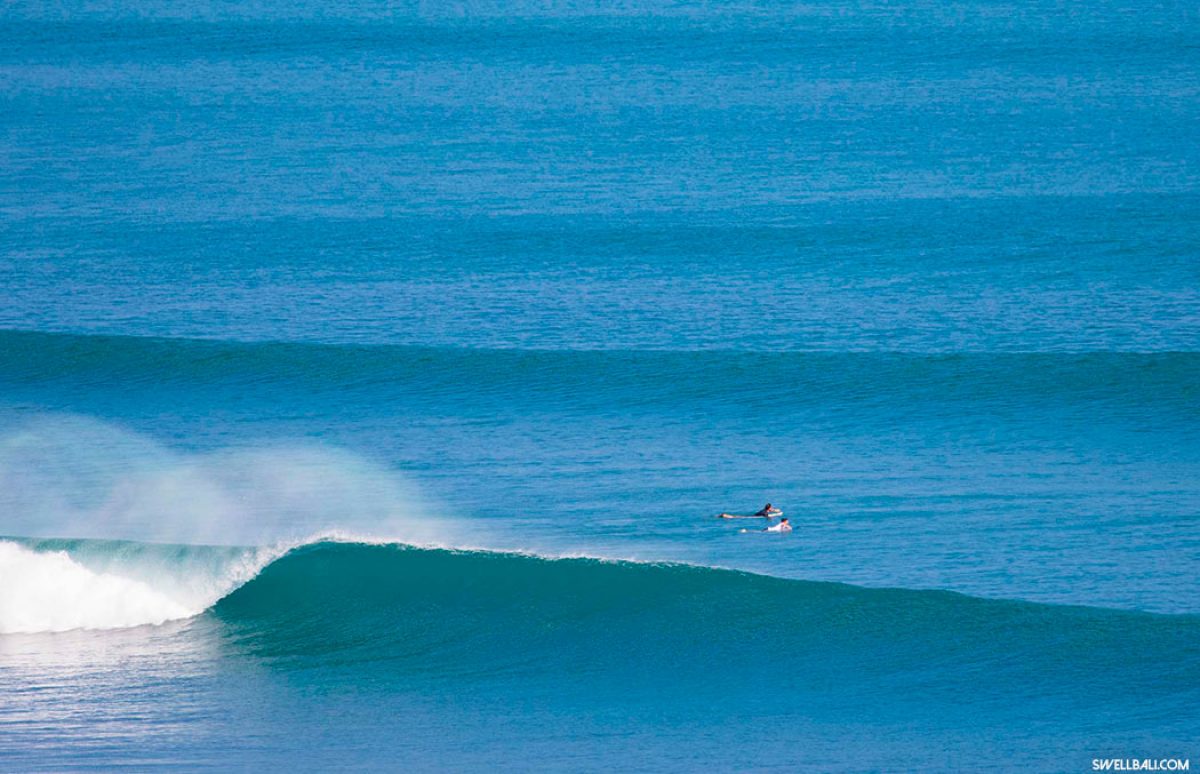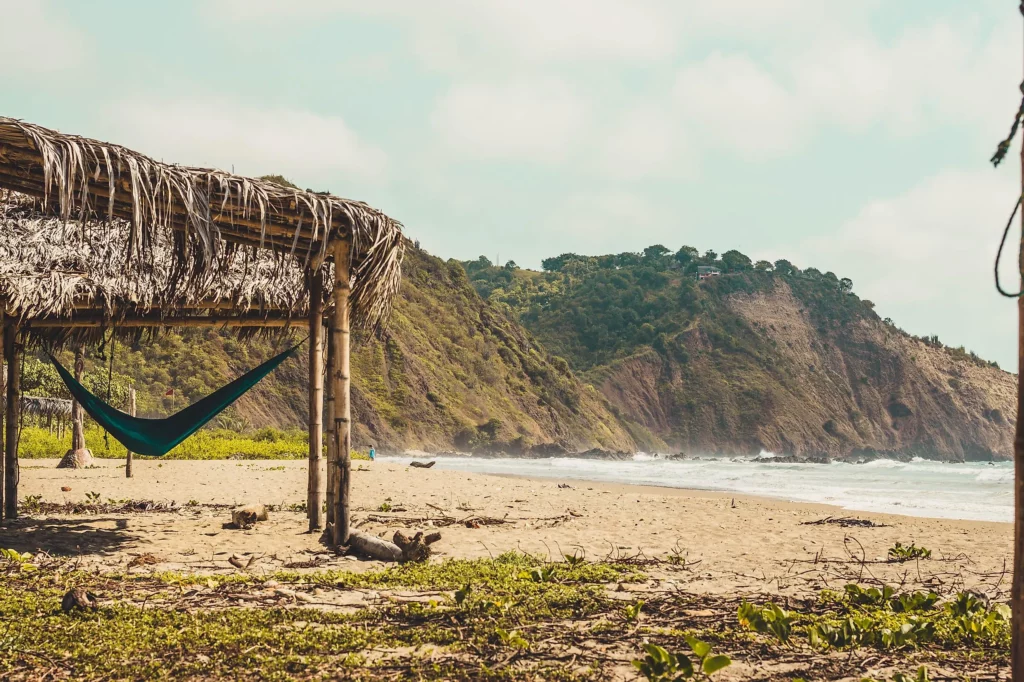Ayampe, a quaint surf town on Ecuador’s stunning Pacific coast, is more than just a paradise for wave riders. Nestled in the Baja Manabi Zone, just south of Parque Nacional Machalilla, this tranquil hideaway offers a unique blend of natural beauty, laid-back charm, and diverse attractions that cater to all types of travelers. Whether you’re a surfer looking to explore more of what Ecuador offers or a traveler seeking a peaceful retreat, Ayampe has something special for everyone. Here’s a guide to experiencing Ayampe beyond the waves.
Discover the Beauty of Machalilla National Park
Just a short drive from Ayampe, Machalilla National Park is a must-visit destination for nature lovers. This sprawling national park is known for its diverse ecosystems, ranging from tropical dry forests to pristine beaches. The park’s crown jewel, Playa Los Frailes, is often considered one of Ecuador’s most beautiful beaches. With its powdery white sand, crystal-clear waters, and surrounding cliffs, Playa Los Frailes is perfect for swimming, sunbathing, or simply soaking in the views. For those looking to explore the park further, several hiking trails offer opportunities to encounter native wildlife and discover hidden coves.
Relax and Rejuvenate at Mauli Spa

After a long day of exploring or surfing, unwind at Mauli Spa, a local gem known for its relaxing and rejuvenating treatments. Located in the heart of Ayampe, Mauli Spa offers various services, from massages to facials, all designed to help you relax and recharge. The spa’s serene setting, surrounded by lush tropical vegetation, makes it the perfect place to pamper yourself and enjoy a moment of tranquility. Whether you’re looking for a deep tissue massage after a day in the waves or a revitalizing facial, Mauli Spa has you covered.
Hike the Colibri Trail

For those who enjoy exploring on foot, the Colibri Trail offers a stunning hike through Ayampe’s lush surroundings. Named after the hummingbirds (colibris) that frequent the area, this trail takes you through dense jungle and up to viewpoints with breathtaking vistas of the Pacific Ocean and surrounding countryside. Along the way, keep an eye out for local wildlife, including colorful birds, howler monkeys, and even the occasional sloth.
Experience the Local Cuisine

Ayampe’s growing food scene is a delightful mix of traditional Ecuadorian fare and international cuisine. Local eateries, often run by families or expats who now call Ayampe home, offer a wide range of options, from fresh seafood dishes to vegetarian and vegan favorites. Be sure to try the local ceviche or the classic “encocado,” a coconut-based seafood stew staple along Ecuador’s coast. For a unique dining experience, enjoy a meal at one of the town’s beachfront restaurants, where you can savor delicious food while watching the sunset over the Pacific.
Explore Isla de la Plata

Known as the “Poor Man’s Galápagos,” Isla de la Plata offers an affordable alternative to the famed Galápagos Islands. A short boat ride from the coast near Ayampe, this island is part of Machalilla National Park. It boasts a diverse array of wildlife, including blue-footed boobies, frigatebirds, and sea turtles. Guided tours often include opportunities for snorkeling, where you can explore vibrant coral reefs and swim alongside colorful fish. Whether hiking the island’s trails or diving into its surrounding waters, Isla de la Plata provides an unforgettable adventure.
Mountain Biking in Ayampe

For those looking for an adrenaline rush, Ayampe offers some of the best mountain biking trails in the region. Whether you’re a beginner or an experienced rider, there are trails to suit all ability levels. The hills surrounding Ayampe provide a stunning backdrop for a day of cycling, with trails that wind through forests, cross rivers, and offer breathtaking coast views. Guided tours are available and often include bike rentals and equipment, making exploring Ayampe’s rugged terrain on two wheels easy.
Snorkeling and Kayaking in Ayampe’s Clear Waters

The warm, clear waters off Ayampe are perfect for snorkeling and kayaking. Guided snorkeling tours will take you to some of the best spots along the coast, where you can marvel at the colorful marine life and vibrant coral formations. Alternatively, rent a kayak and paddle along the coastline at your own pace, discovering hidden coves and enjoying the tranquility of the ocean. Whether snorkeling or kayaking, the waters around Ayampe offer a peaceful escape and a chance to connect with nature.
Whether you’re drawn to Ayampe for its world-class surf, breathtaking natural beauty, or laid-back coastal charm, one thing is certain: there’s plenty to see and do beyond the waves. Let us help you create the perfect Ecuador surf experience tailored just for you. Visit our website or contact us directly to start planning your trip to Ayampe today!



















































































